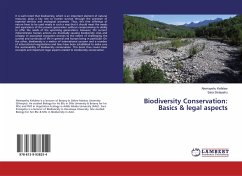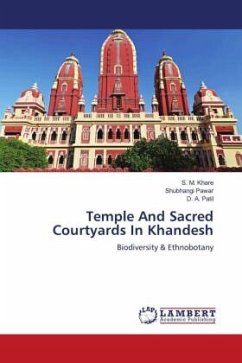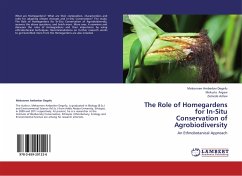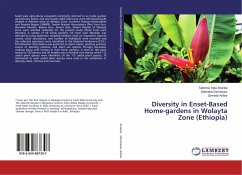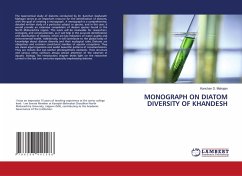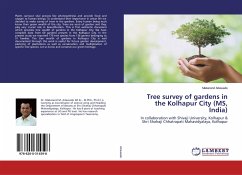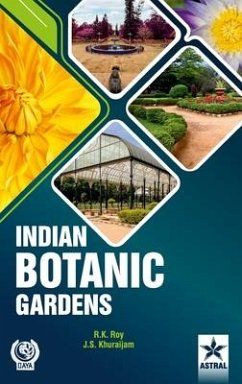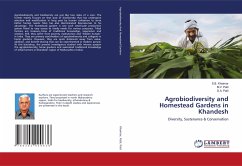
Agrobiodiversity and Homestead Gardens in Khandesh
Diversity, Sustenance & Conservation
Versandkostenfrei!
Versandfertig in 6-10 Tagen
62,99 €
inkl. MwSt.

PAYBACK Punkte
31 °P sammeln!
Agrobiodiversity and biodiversity are just like two sides of a coin. The former mainly focuses on that past of biodiversity that has undergone selection and modification in long past by human civilization to serve better human needs. Man has also discriminated bioresourses to his advantage. The homestead garden is one such small-scale production system fitted to easy access to family needs for various purposes. Tribal farmers are treasure-trove of traditional knowledge, experience and wisdom. Still, they suffer from poverty, malnutrition and 'hidden hunger' in India. They are primary stockhold...
Agrobiodiversity and biodiversity are just like two sides of a coin. The former mainly focuses on that past of biodiversity that has undergone selection and modification in long past by human civilization to serve better human needs. Man has also discriminated bioresourses to his advantage. The homestead garden is one such small-scale production system fitted to easy access to family needs for various purposes. Tribal farmers are treasure-trove of traditional knowledge, experience and wisdom. Still, they suffer from poverty, malnutrition and 'hidden hunger' in India. They are primary stockholders of agrobiodiversity and cultigens in home gardens. However, they are quite distanced away from value-addition, and benefit-sharing that can be experimented in modern period. At this backdrop, the present investigators studied with intense passion the agrobiodiversity, home gardens and associated traditional knowledge of tribal farmers in Khandesh region of Maharashtra (India).



